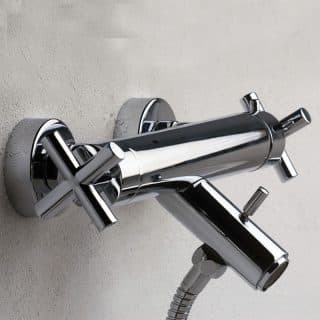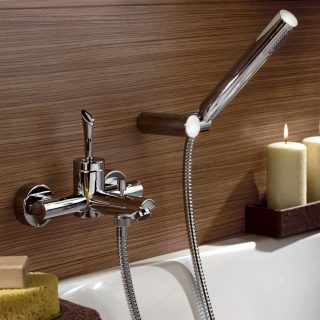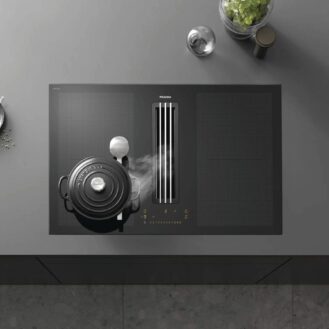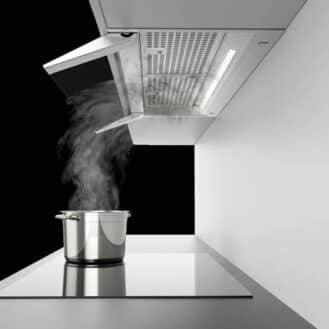If you’re working on a project which involves an indoor or outdoor shower, choosing the right tap is crucial.
The shower tap controls the water pressure, and we all know that without the ideal water flow, a shower experience can be ruined. The same goes for the temperature and flow configuration of the water. Keep in mind that there are regulations requiring that showerheads use no more than a certain amount of water per minute at a standard pounds per square inch pressure to ensure that showers are eco-friendly.
The parts of a shower tap include the shower head; hot and cold water pipes and their respective mixer taps; the valve; the cartridge; the strainer and pan. They can also include a shower column. In this guide, we will focus on shower mixer taps, shower heads and shower columns for indoor or outdoor uses as well as for home or commercial projects. Read our guide to gather some decision-making information to help you in your search.








